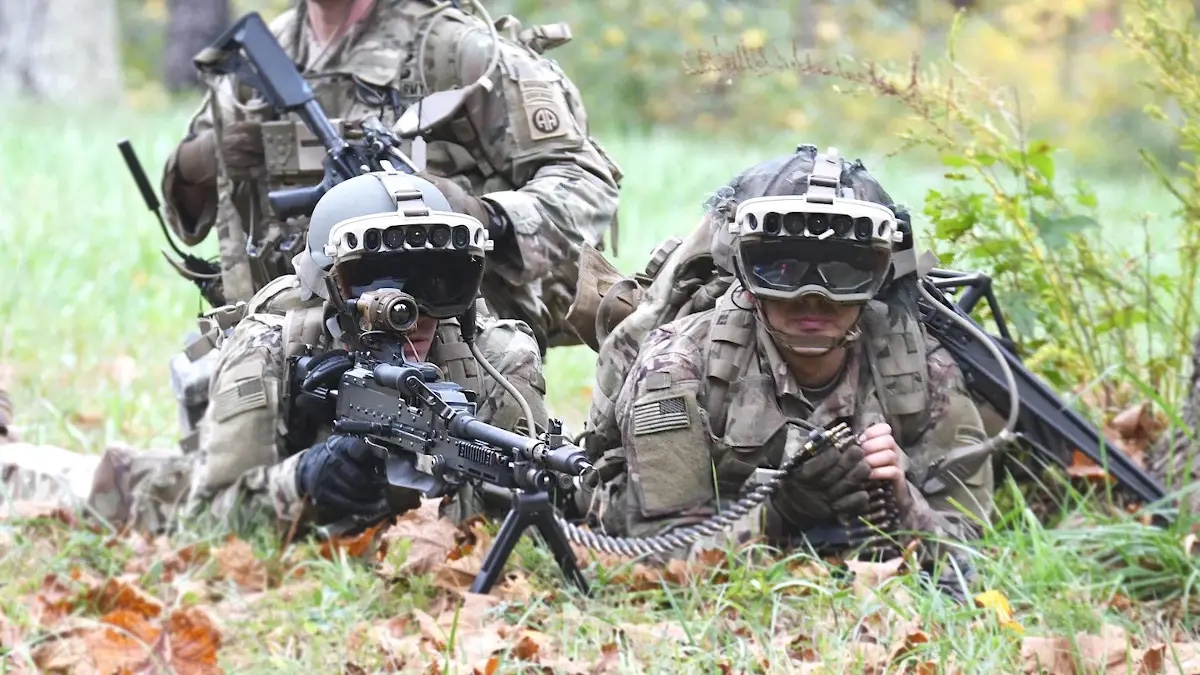Over the past year, the Army tested, evaluated and refined the Integrated Visual Augmentation System’s (IVAS) capabilities in a manner that will result in improved systems being incrementally fielded to Soldiers over the next several years – IVAS 1.0, IVAS 1.1 and IVAS 1.2 variants.

Last June, IVAS completed its Operational Test, during which Soldiers trained on IVAS 1.0 systems in company-level missions and live-fire exercises. The Army determined that IVAS demonstrated several transformational capabilities, but three areas prevented the systems from achieving Soldier acceptance: reliability, low-light sensor performance and form factor.
The Army and its industry partner, Microsoft, used the lessons learned from testing to address concerns and adjust its fielding plan. To specifically address reliability, in November 2022 Microsoft and the Army incorporated a new software release into IVAS 1.0 resulting in a more stable and reliable user experience. Software improvement is a continuous effort that will transcend all current and future versions of IVAS.
IVAS 1.0 systems will be fielded to training and doctrine units next year to support the Army’s Campaign of Learning, an ongoing process that gathers and incorporates user feedback from user studies, user assessments, Soldier Touch Points and operational demonstrations to improve IVAS’ performance.
IVAS 1.1 upgrades reliability and features an improved low-light sensor that performs comparable to the PVS-14 night vision goggles. These systems will be delivered and fielded in Fiscal Year (FY) 2024.
The Army awarded an IVAS 1.2 technology insertion effort to Microsoft in December 2022, with the anticipation of moving to production in late FY2024 and fielding to operational units beginning as early as 4Q FY2025. The majority of the close combat force will receive IVAS 1.2; this version features an improved form factor in addition to reliability and low-light sensor upgrades, as well as a lower profile heads-up display (HUD) with distributed counterweight for improved user interface and comfort.
In recent exercises the Army has shown a number of different ways IVAS can be used on the battlefield, ranging from ingesting video and data from small Unmanned Aerial Systems to integrating with ground and air platform sensors to provide Soldiers the ability to see what the platform drivers, commanders and pilots see before dismounting into a hazardous situation.
The Army remains fully committed to IVAS. Despite some revisions to the fielding timeline, the developmental process for IVAS will result in fielding several years ahead of standard acquisition programs.
By PEO Soldier PAO

